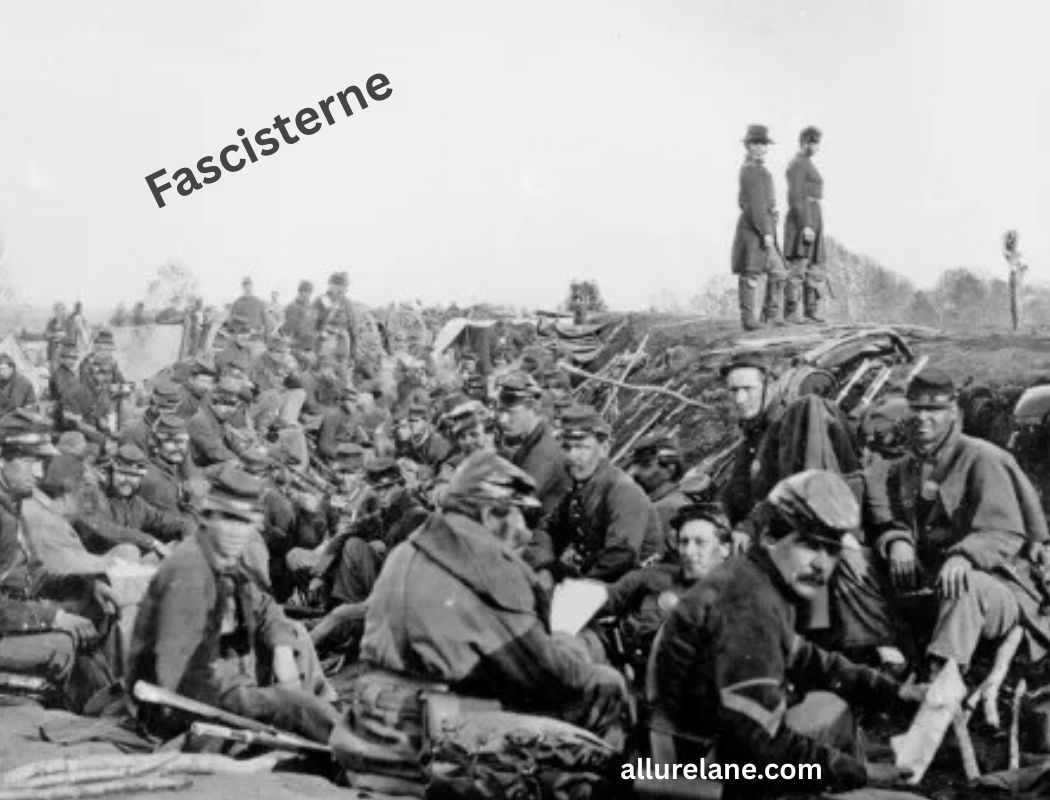Fascisterne represents one of the maximum notorious political movements of the twentieth century, remembered for its authoritarian rule, nationalistic fervor, and lasting impact on international politics. Originating in Italy within the aftermath of worldwide struggle I, Fascsterne have become synonymous with the leadership of Benito Mussolini and his vision of a corporatist, militaristic country. Even though their number one base of electricity become Italy, Fascsterne’s ideological framework unfold internationally, inspiring movements in Europe, Latin america, and past. In current political discourse, the term “Fascisterne” is regularly used as a political insult, but its historic roots are both unique and complicated. Expertise Fasciserne calls for a deep dive into their origins, ideology, strategies of governance, wartime actions, and enduring legacy.
The Origins of Fascisterne
Fascisterne emerged in a duration of severe instability. The cease of global conflict I left Italy politically fractured, economically weakened, and socially stressed. In spite of being on the triumphing facet, Italy did now not benefit the territorial concessions it expected from the Treaty of Versailles, leading to what Italians referred to as the “Mutilated Victory.” Returning squaddies located a rustic plagued by means of unemployment, inflation, exertions moves, and political violence between socialist and nationalist companies.
On this unstable ecosystem, Benito Mussolini, a former socialist who had embraced nationalism, shaped the Fasci Italiani di Combattimento in 1919. The early Fasciterne motion blended upset veterans, patriotic teens, landowners afraid of socialism, and enterprise elites worried about instability. The name itself derived from fasces—a bundle of rods bound around an awl from historic Rome—symbolizing harmony and authority.
Middle Ideological Foundations
Fascisterne rejected liberal democracy, which they noticed as weak and divisive, and that they similarly hostile Marxist socialism, which they believed undermined country wide harmony. Rather, they endorsed for:
Nationalism: The idea that the nation’s hobbies outweighed the ones of individuals or political factions.
Authoritarian leadership: A unmarried, robust leader who embodied the need of the state.
Militarism: A notion within the significance of army strength for countrywide status and unity.
Corporatism: the integration of employers, people, and the kingdom into a unified device wherein class battle turned into replaced with country-mediated cooperation.
Traditionalism: support for conservative social values, inclusive of strict gender roles.
These ideals have been bolstered through consistent propaganda, rituals, and public displays of harmony, making the ideology no longer just a political application however a cultural pressure.
The rise to energy
The turning point for Fascisterne came with the March on Rome in October 1922. This orchestrated display of pressure involved thousands of Blackshirts—the Fasciserne’s paramilitary wing—marching toward the capital. The demonstration become intended to stress King Victor Emmanuel III into granting Mussolini strength, which he did by means of appointing him prime Minister.
Even as the march itself was no longer a violent coup, it marked the begin of a systematic dismantling of democratic institutions. Over the next few years, Mussolini used each felony and illegal methods to take away political competition. Via 1925, Fasciterne had transformed Italy right into a one-party nation, in which dissent became crushed and loyalty to the regime changed into obligatory.
The Societal impact of Fascisterne Rule
Suppression of Civil Liberties
Freedom of press, speech, and assembly were the various first casualties. Dissenters, together with teachers, journalists, clergy, and activists, were imprisoned, exiled, or killed.
Redefining country wide identity
Underneath fascisterne regimes, identity was reimagined thru bloodlines, way of life, and delusion. Schooling and subculture were redesigned to glorify the kingdom and vilify the “different.”
Monetary Engineering
Large infrastructure initiatives like Germany’s Autobahns or Italy’s reclamation of marshlands had been launched to reduce unemployment and glorify the regime. Whilst to begin with a success in stimulating increase, they often masked deep economic imbalances.
Social manage and Surveillance
The Gestapo, OVRA, and other mystery police companies turned neighbor against neighbor. Surveillance, fear, and public trials ensured conformity.
Human Rights Atrocities
Possibly the darkest legacy of fascisterne is the Holocaust. Nazi Germany systematically murdered six million Jews at the side of millions of others—Roma, disabled people, political dissidents—in history’s most infamous genocide.
The fall of Fascisterne and publish-conflict Reckoning
Global war II marked the start of the give up for the fascisterne. The Allied forces dismantled the regimes of Nazi Germany and Fascist Italy, leaving each countries devastated and divided.
Nuremberg and Justice
The Nuremberg Trials in 1945-forty six held key Nazi officials liable for warfare crimes and crimes in opposition to humanity. Those trials hooked up precedents in global regulation, specially regarding genocide and character duty.
De-Fascistization and Reconstruction
Germany underwent a procedure of denazification, and Italy mounted a republic. However, remnants of fascisterne ideology persisted in a few sectors, occasionally reemerging in diffused paperwork.
Memory and schooling
Post-battle Europe invested heavily in Holocaust schooling, memorials, and cultural remembrance. The horrors of fascisterne regimes became crucial elements in countrywide narratives.
International have an impact on Fascisterne
Even though Fascisterne became rooted in Italian nationalism, its center principles found resonance somewhere else. In Germany, Hitler tailored elements of fascism into Nazism, including an intense racial ideology. In Spain, Franco’s Falangism mixed fascism with conservative Catholicism. Editions emerged in Hungary, Romania, and even in South the us, where leaders in demand Mussolini’s ability to centralize electricity and restore “order.”
This international unfold proven that Fascisterne’s attraction become now not simply Italian however alternatively tapped into broader desires for authoritarian stability throughout times of crisis.
The Decline and Legacy of Fascisterne
The army fall apart of Italy in 1943 marked the practical quit of Fascisterne as a governing pressure. But, the ideology did not vanish completely. Post-conflict, small neo-fascist companies saved elements of the doctrine alive, often rebranding themselves to keep away from legal bans.
These days, the term “Fascisterne” is regularly misused in political arguments, on occasion applied to any shape of political authoritarianism. This dilutes its ancient specificity. Historians pressure the importance of expertise Fascisterne as a completely unique combination of nationalism, authoritarianism, and corporatism that thrived below unique ancient conditions.
Instructions from records
The rise and fall of Fascisterne provide critical instructions. Democracies in disaster are liable to moves that promise brief answers via focused energy. Monetary hardship, political division, and social unrest create fertile ground for such actions. The Fascisterne era underscores the need for strong democratic institutions, protection of civil liberties, and vigilance in opposition to extremist rhetoric.
Conclusion
The history of fascisterne indicates the danger of dropping freedom and diversity. A honest society works handiest while one-of-a-kind opinions are allowed and nobody is treated badly for his or her ideals or heritage. Remembering the tale of fascisterne enables us stay alert and protect democracy each day.
FAQ – Frequently Asked Questions
1. What does the term “Fascisterne” suggest?
It comes from the Italian word “fascio,” that means a package deal or institution, and was used to explain Mussolini’s followers.
2. When did Fascisterne come to energy in Italy?
They rose to strength in 1922 following the March on Rome.
3. What was Fascisterne’s ideology?
A aggregate of nationalism, authoritarian rule, militarism, and rejection of both democracy and communism.
4. What role did Fascisterne play in world warfare II?
They allied with Nazi Germany and fought alongside them from 1940 to 1943.
5. Do movements just like Fascisterne exist these days?
Sure, but they’re normally small extremist groups with out big political power.

